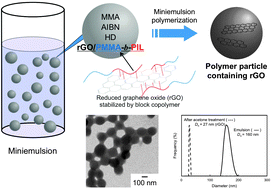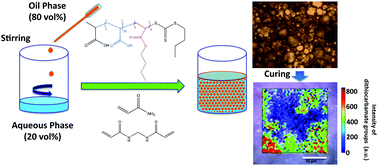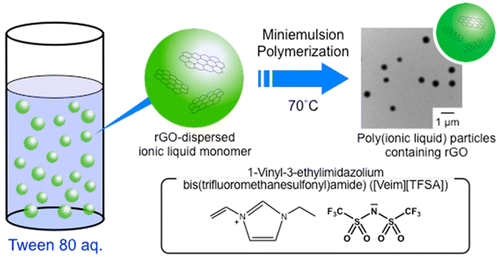
Current Research Projects














Project |01
Precision Polymer and Colloid Engineering
The preparation of polymer nanoparticles by various dispersed phase approaches (e.g. emulsion, miniemulsion, dispersion polymerization) is incredibly important at an industrial level for the production of commodity and specialty polymers.
Additionally the underlying mechanisms that govern these approaches have been a long-standing topic of academic research, with a view towards better understanding these systems. I am particularly interested in emulsion polymerization, whereby polymer particles of size 100 - 1000 nanometres are produced as a dispersion in water. Previously I have contributed to the mechanistic understanding of particle stabilization, as well as the development of functional, metal-labelled particles for diagnostic purposes (e.g. disease detection). I am currently investigating the preparation of hybrid materials by emulsion and minemulsion polymerization, and further extending mechanistic knowledge of these systems.
Polymer chemists can make an impressive array of nanostructures with impressive compositional control, yet paradoxically many of the fundamental processes of polymerization systems are poorly understood. In addition to the concept of controlled/living radical polymerization, I am interested in how polymerization can be mediated by factors such as radical confinement, templating and intermolecular forces (e.g. hydrogen bonding).






Project |02
Designer Thin Films and Surfaces
The interaction of molecules with surfaces is of fundamental importance to the world around us, with numerous examples such as friction, adhesion and fouling. I am interested in polymer thin films and surface coatings with a specific view towards controlling how molecules interact with materials that they come in contact with. A major focus of this research is the concept of biomimicry, where we use inspiration from nature to design surfaces that have specific chemical or topographic properties. Along with my colleagues at The University of Sydney I have developed a new technique for surface patterning, where can spatially control the behaviour of materials in a specific fashion. This concept is being used for the development of water-collecting surfaces, in addition to controlling the adhesion of biomolecules such as proteins.








Project |03